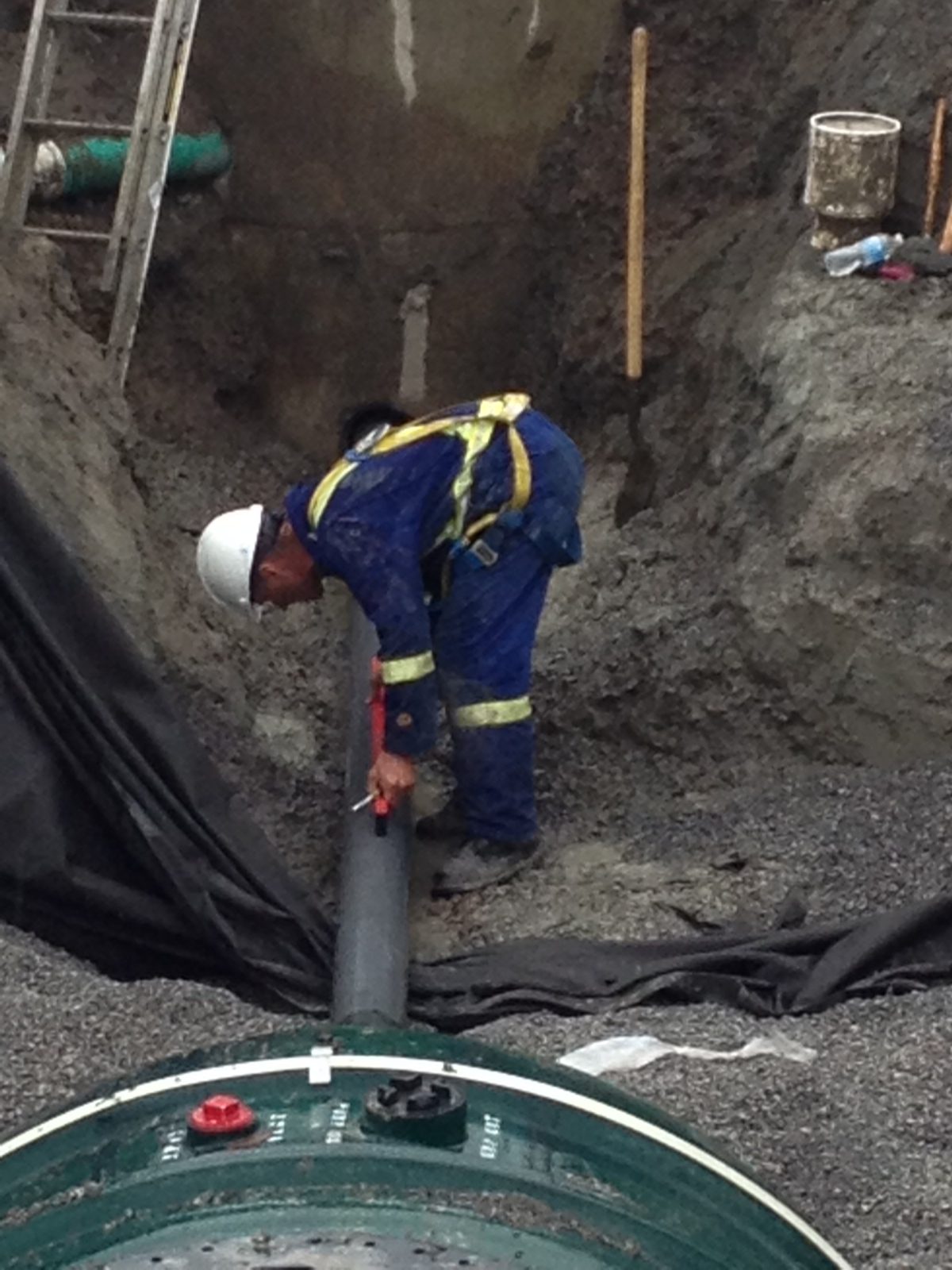
A confined space is defined as a space that is at least partially enclosed, not intended for continuous human occupancy and has limited access and egress or an internal configuration that is likely to complicate evacuation or rescue.
Examples of confined spaces in Canada include silos, sewers, tunnels, wells and ventilation spaces. Because many deaths occur every year in confined spaces, it is essential that employers that require people to work in a confined space carry out the necessary pre-work checks, are fully trained, and have a rescue plan in place before entry is attempted.
Confined spaces in Canada – pre-entrance checks
Before any inspection, cleaning, maintenance or other work can be carried out in a confined space, employers must first identify and record all confined spaces in the work site. They must appoint a qualified person to determine the likely hazards associated with each confined space and ensure that there is a visible sign at the entrance to each space, identifying it as such and restricting access to unauthorized personnel. They must also maintain a record of all employees who have received confined space training, including emergency procedures.
Before anyone enters a confined space, the employer must ensure that a hazard assessment has been carried out by a qualified person and all findings are recorded. Based on the hazards identified, the employer must ensure that the person(s) appointed to enter the confined space are fully aware of all hazards identified and the point at which they are likely to be encountered, are suitably attired with personal protective equipment, have the correct tools and equipment to conduct the work that they need to do, understand what steps they need to take to control or mitigate the hazards, understand the evacuation plan, and are approved to enter based on their training and the entry permit system in place.
Training
In order to minimize the risks associated with confined space work, employers with confined spaces on site must have a confined space hazard assessment and control program that is specific to each confined space and the work to be carried out within it.
All personnel associated with the site must be trained in confined space emergency procedures and subject to an annual refresher course, and they must possess a first aid and cardiopulmonary resuscitation certificate.
Rescue Plan
Every rescue plan must be tailored to the confined space to which it pertains and include, at a minimum, safe entry and exit procedures, details on how two-way communication will be maintained, emergency response measures, an explanation of how the health and safety of the persons in the confined space will be monitored, and the entry permit system requirements for that confined space.
Nobody should enter confined spaces in Canada unless staff on the outside of the confined space know who to contact and how to contact them in order to carry out any emergency evacuation procedures necessary.
Every person entering the confined space must wear an appropriate safety harness securely attached to a lifeline that is attached to a secure anchor outside the space and monitored by a qualified person.
As always, if any doubt exists regarding the safety of the person entering the confined space, access should not be attempted.